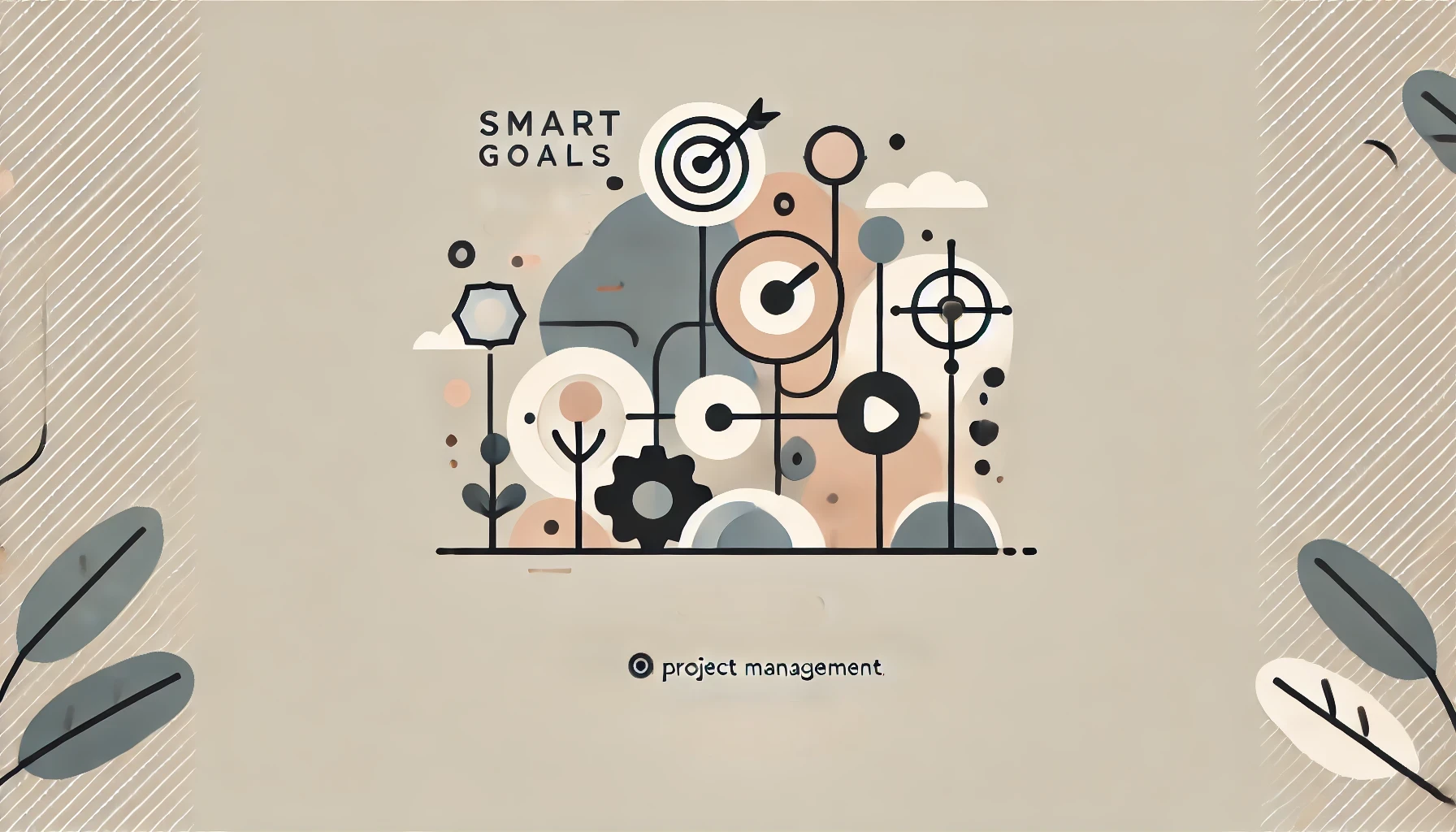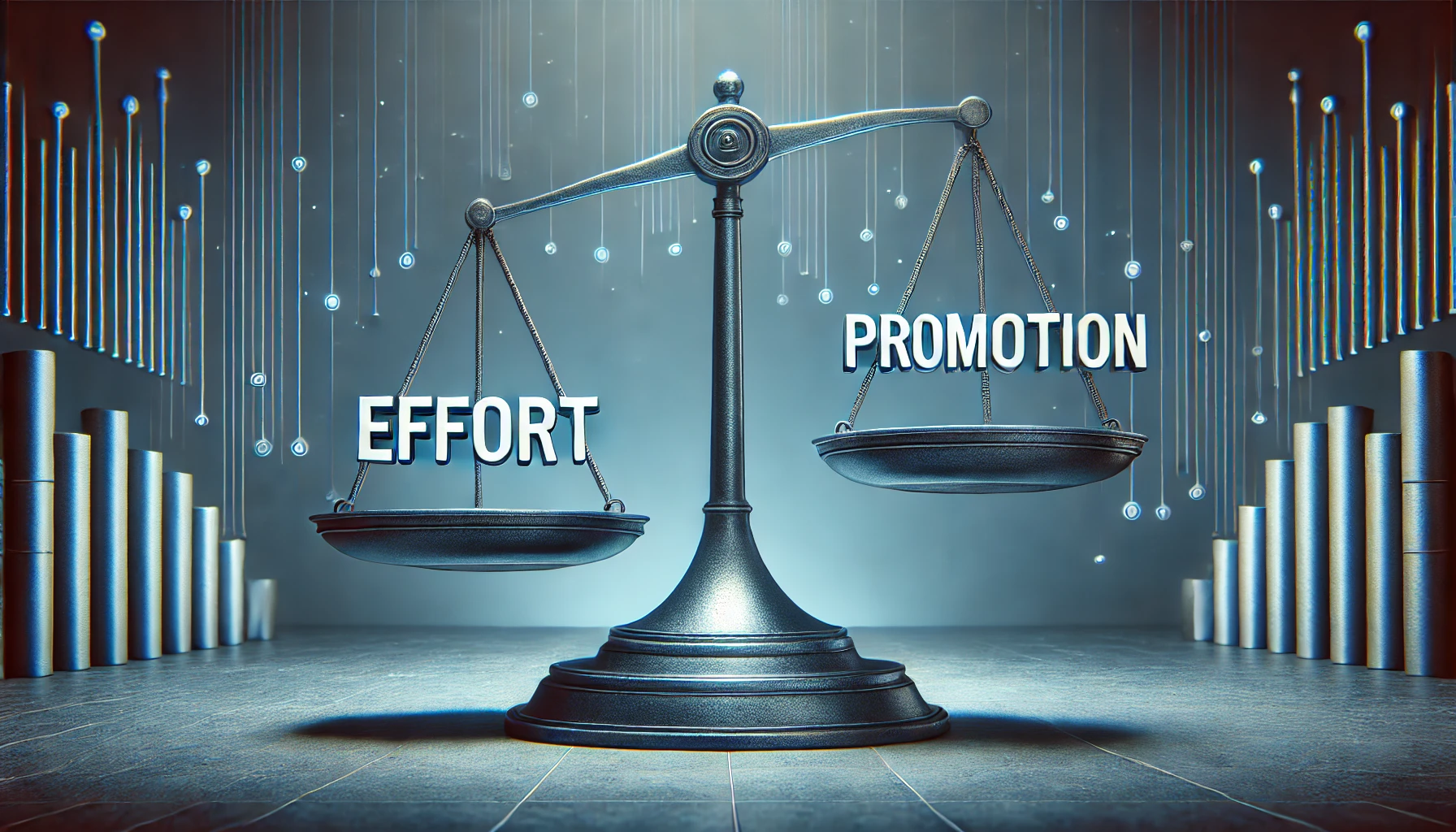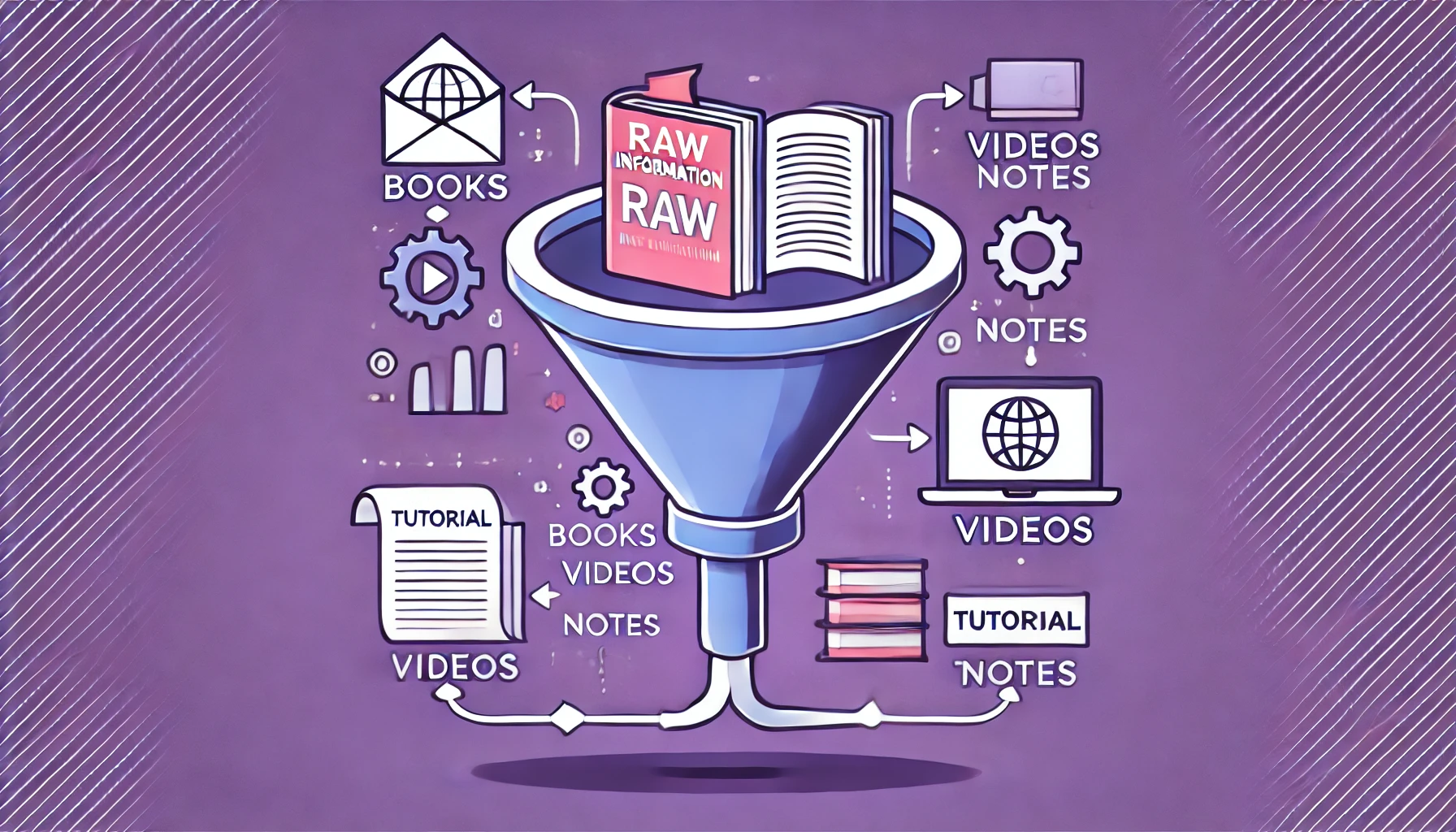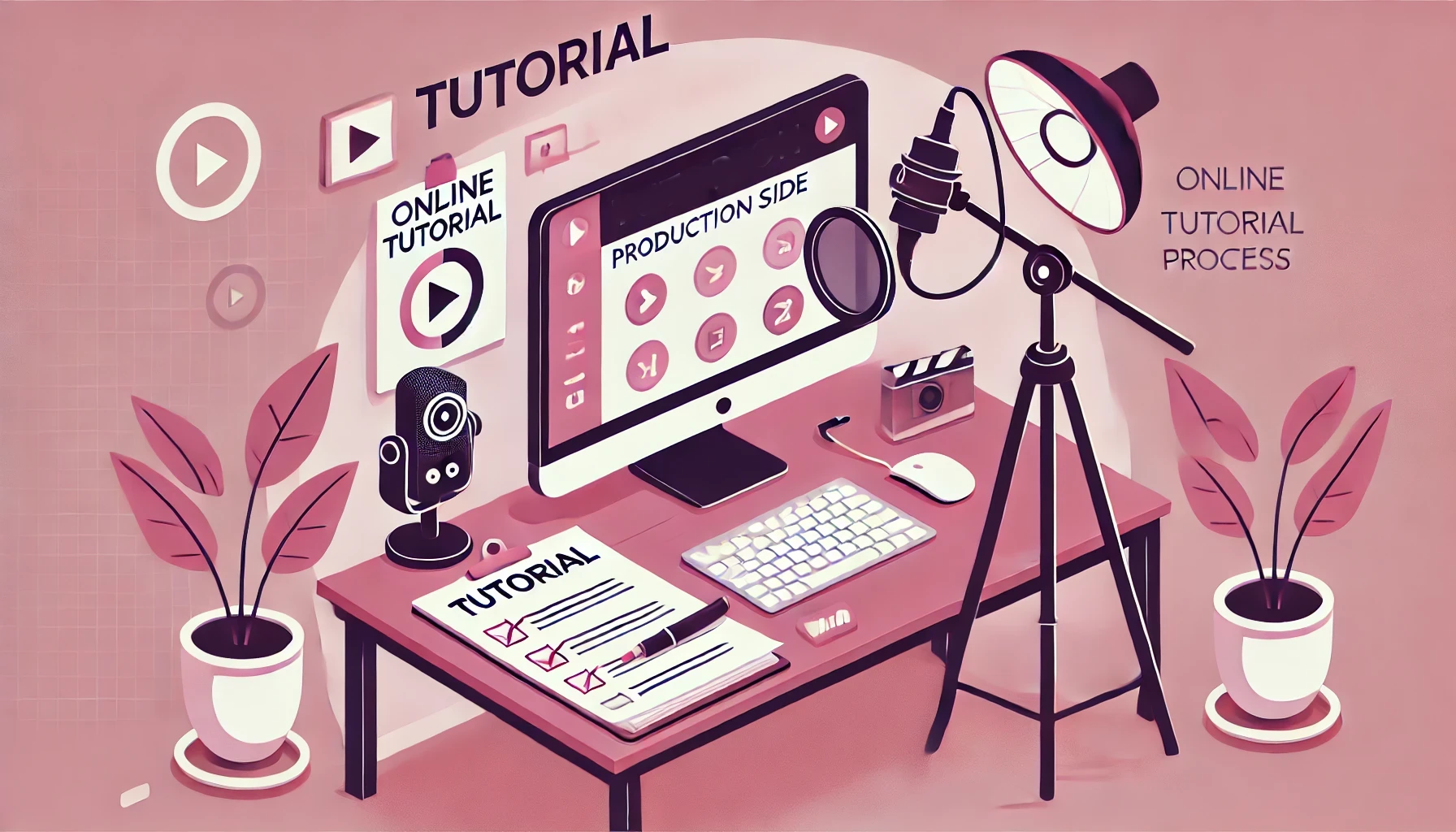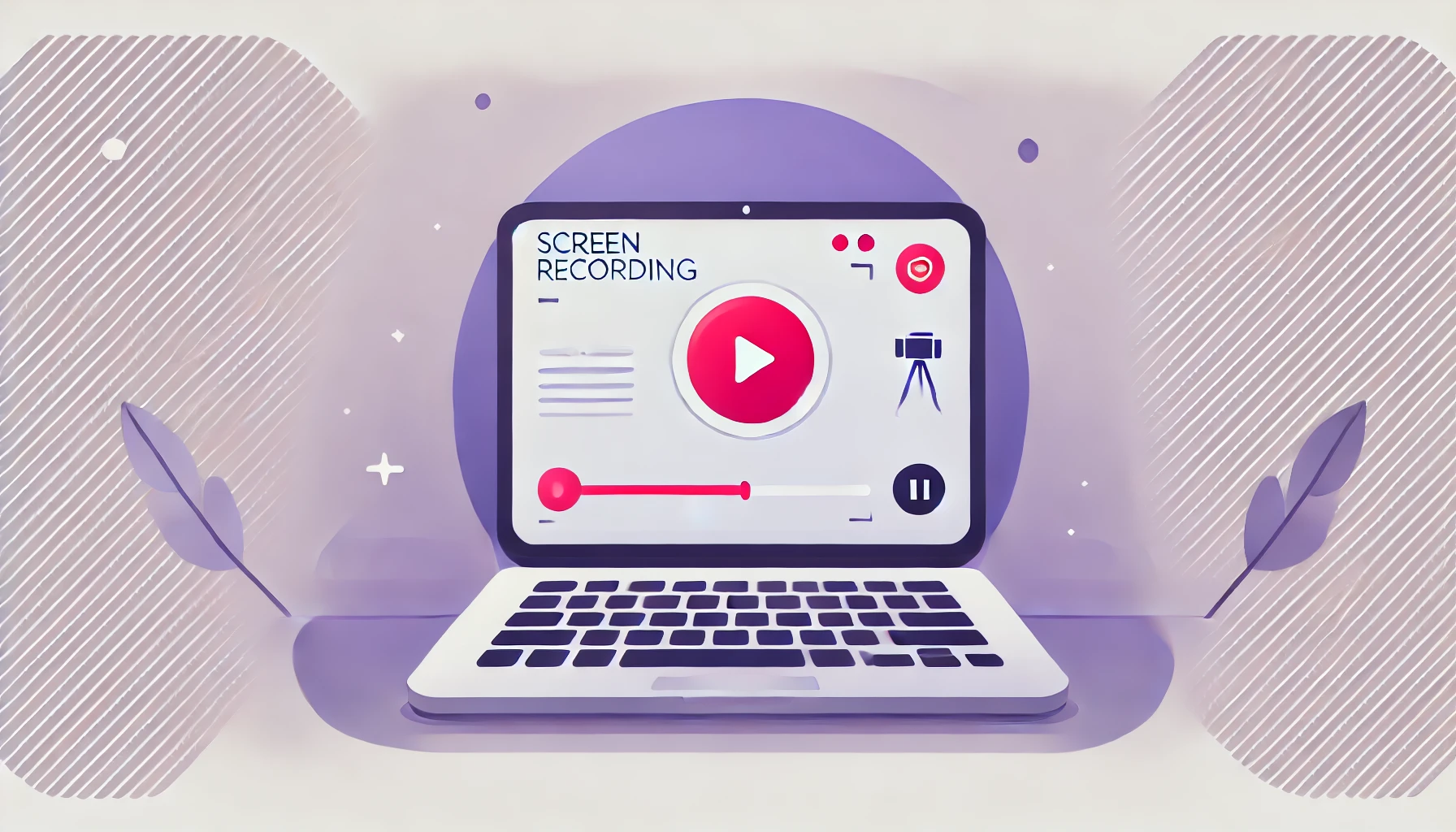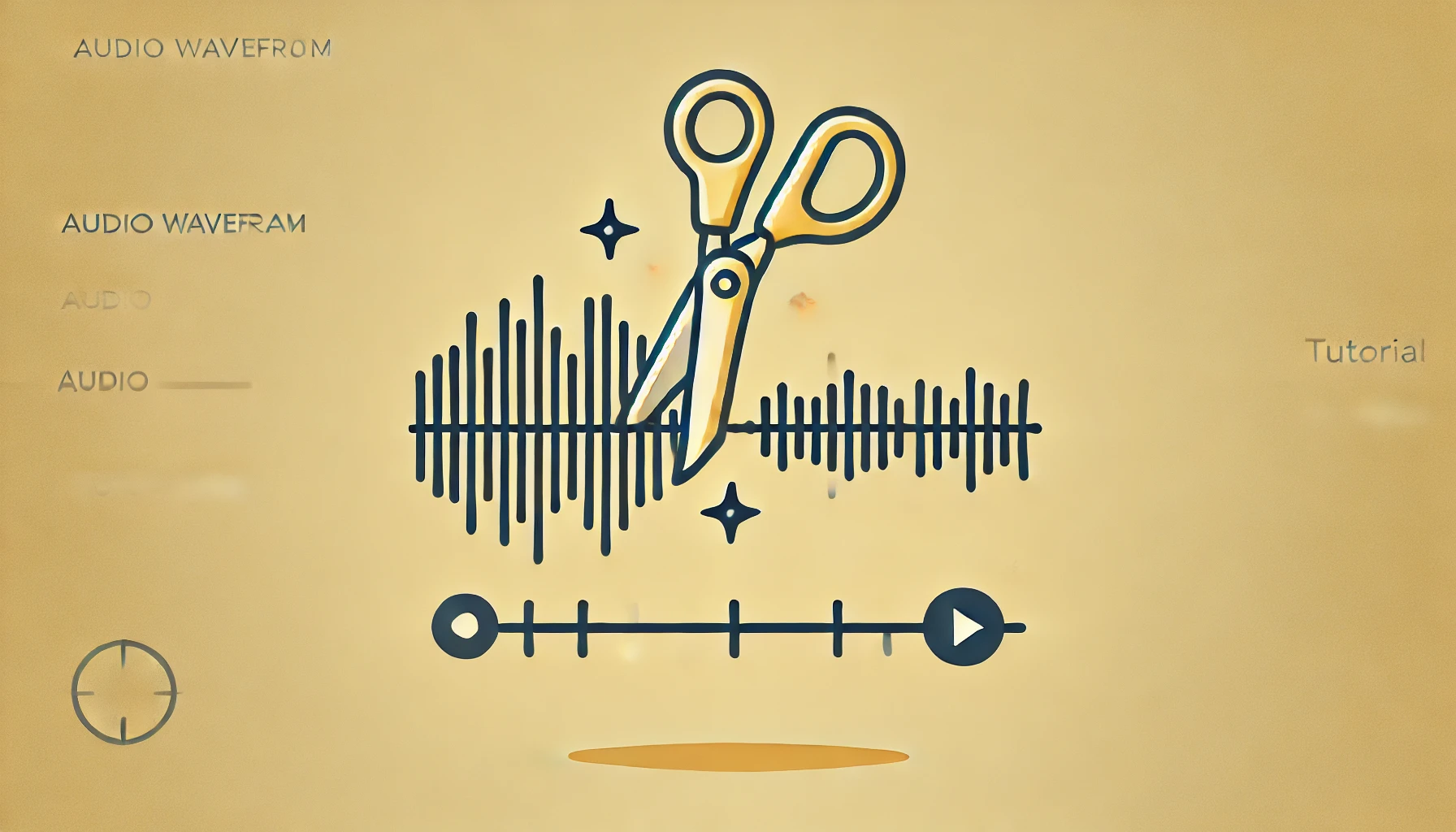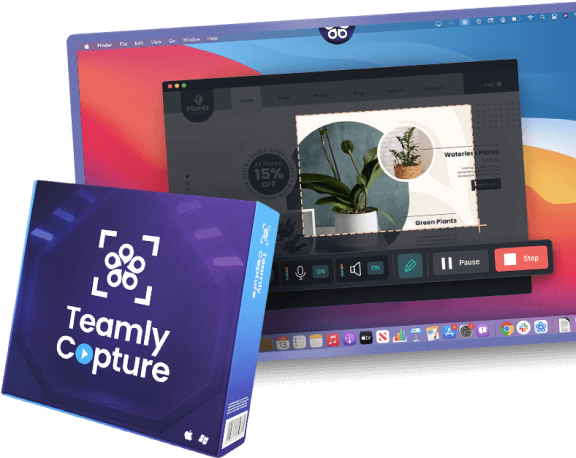Every project manager strives for clarity, efficiency, and tangible outcomes. Yet even the most well-structured projects can fall short when objectives lack definition and focus. That’s where SMART goals prove their worth.
By making goals Specific, Measurable, Achievable, Relevant, and Time-bound, you give your project a precise target and a clear path forward.
If you’ve ever felt that your project objectives miss the mark, take heart. You’re about to explore the tried-and-true framework that top project managers swear by.
Working with SMART goals doesn’t just bring more structure to your tasks; it can also inspire your team, secure stakeholder buy-in, and drive real results.
Whether you’re overseeing a small team or a large cross-departmental initiative, you’ll find that SMART goals cut through ambiguity and streamline decision-making, one well-crafted objective at a time.
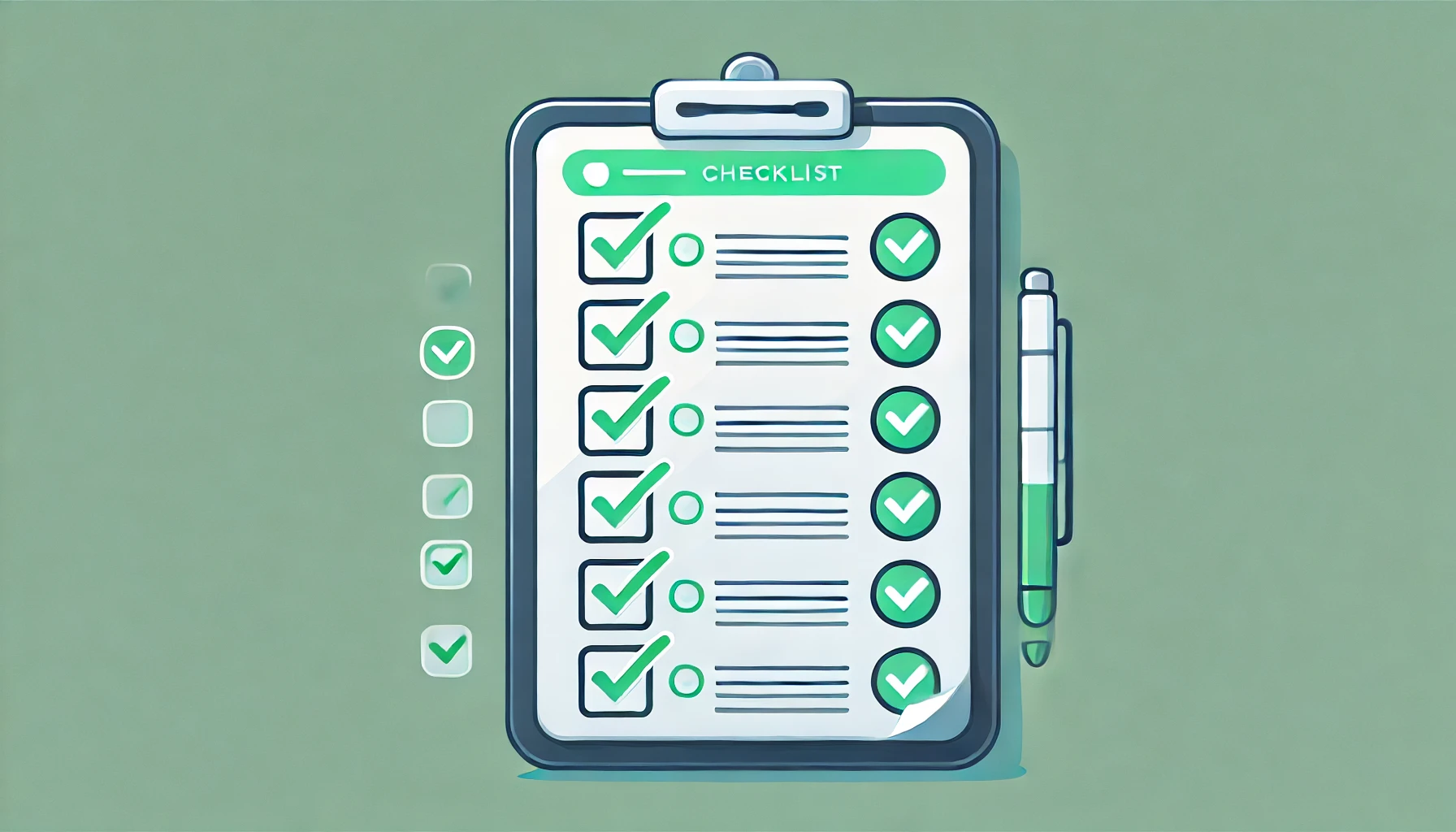
Why SMART Goals Are Essential for Project Managers
Projects succeed or fail based on clarity. When your team has an unambiguous goal, tasks become easier to plan, monitor, and adjust.
A looming deadline is more manageable if everyone knows precisely what the end-product should look like. In addition, setting a structured objective gives you a solid yardstick for evaluating progress.
Instead of relying on gut feelings or abstract ideas, you can measure each milestone against your stated criteria.
SMART goals also cultivate ownership. When your team has an exact understanding of what success looks like, motivation goes up.
People feel more engaged when they know they aren’t wasting energy on fuzzy, undefined tasks.
Team members can direct their creativity and problem-solving skills more effectively, which ultimately leads to stronger, more relevant outcomes.
What’s more, establishing SMART goals helps identify potential pitfalls early. If you’ve taken the time to ensure your goals are measurable, you’ll notice warning signs before they balloon into major setbacks.
That’s a critical advantage: addressing small issues with scope or resources while they’re still manageable.
Diving Deeper into the SMART Framework
Specific
Clarity, clarity, clarity. A goal shouldn’t just read “improve communication” or “boost productivity.”
Instead, consider focusing on specific behaviors, outputs, or metrics. For instance: “Reduce email response times among team members to within four hours during business days.” Notice the level of precision.
When you point to a concrete target, everyone understands exactly what needs to be achieved and why.
Measurable
A goal without measurement can quickly drift off course. Identifying what will be measured—a certain percentage increase in client satisfaction or a specific error reduction in code—transforms an ordinary idea into a tangible objective.
Measurable goals allow you to track progress, make data-driven decisions, and celebrate milestones. You’re not left guessing whether you’ve succeeded, because the numbers and metrics speak for themselves.
Achievable
Striking a balance between ambitious and realistic is the hallmark of an achievable goal. If objectives are too lofty, your team risks discouragement when they fail to hit impossible targets. On the other hand, if they’re too easy, you’re not inspiring growth or innovation. Consider available resources, time constraints, and the skills on hand. Your project’s scope should fit the bounds of current capabilities, with enough stretch to encourage creativity.
Relevant
It’s easy to get caught in the excitement of chasing a metric just because it’s trending in the industry. Yet any goal you set should tie directly back to your project’s or organization’s overarching objectives.
This is especially relevant if you’re juggling multiple stakeholders. Aligning each goal with a bigger purpose ensures you’re devoting time and energy where they matter most.
Time-bound
Deadlines keep everyone accountable. Specifying when a goal should be met adds a sense of urgency and helps guide scheduling decisions. Time-bound goals also encourage efficient use of resources. If you and your team know that an important deliverable is due by Friday, you’ll map out the tasks accordingly, minimizing distractions along the way.
![]()
Translating SMART Principles into Your Day-to-Day Management
Embracing the SMART framework doesn’t have to be complicated. By weaving these principles into regular activities—like team meetings, progress reports, and stakeholder updates—you strengthen your project’s foundation from every angle. Here’s how you might integrate SMART concepts into typical project management tasks:
- Status Meetings: Begin each meeting by reiterating the project’s main SMART goals. This ensures everyone remains focused on the same target. If you notice that discussions drift off-topic, these goals can serve as a guiding star to bring things back on track.
- Task Assignments: When delegating tasks, emphasize how each assignment aligns with a specific goal. This helps team members understand their role in the broader landscape, and it fosters accountability.
- Progress Tracking: Incorporate measurable checkpoints into your project timeline. For instance, rather than a broad “check progress next week,” define a specific metric: “Assess whether bug reports have dropped by 15% after the new software update.”
- Course Corrections: If a goal slips off track, investigate which SMART element is lacking. Did the task lack specificity? Was the deadline unrealistic? Was it not fully aligned with stakeholder needs? Identifying the root cause ensures future adjustments are more precise.
Tailoring SMART Goals to Different Project Phases
Projects often unfold in phases: initiation, planning, execution, monitoring, and closing. Each phase offers unique challenges, and you can adjust your SMART goals accordingly:
- Initiation: In the initiation phase, you might set goals around stakeholder alignment. For instance, “Conduct three stakeholder interviews within the first two weeks to clarify project scope and success metrics.” This goal is specific, measurable, and tied to a strict deadline.
- Planning: Once you have enough initial clarity, you’ll move into planning. Here, your goals might relate to resource allocation or detailed scheduling: “Finalize resource plan for all external vendors by the end of the month.” Aim for detail so nothing slips through the cracks.
- Execution: During execution, the focus shifts to delivering tasks on time and within budget. Goals in this phase might look like “Complete QA testing on each module within four days of its deployment.” Notice how the time-bound element keeps your team on a consistent schedule.
- Monitoring: SMART goals in this phase revolve around analytics and adjustments. One example could be “Reduce rework by 25% by capturing daily logs of defects and addressing them within 48 hours.” Specific metrics guide you to the right areas of improvement.
- Closing: As the project winds down, your attention turns to knowledge transfer and wrap-up tasks. A relevant closing goal might be “Gather and archive project documentation within two weeks post-launch, ensuring all best practices are recorded for future reference.”
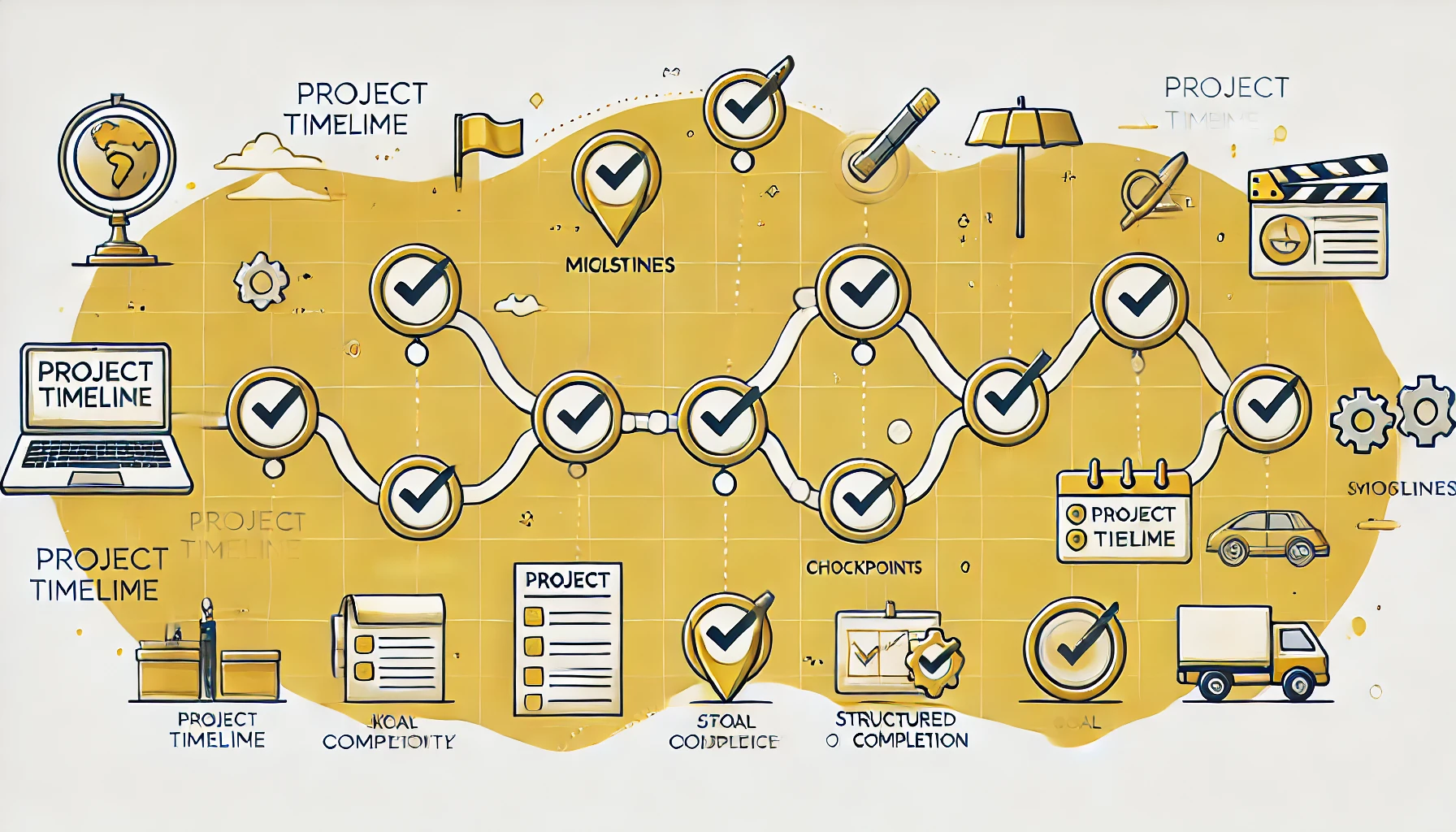
Overcoming Common Hurdles with SMART Goals
Even with the best intentions, you may encounter obstacles that prevent you from getting the full benefit of SMART goals. Being aware of these common pitfalls can help you navigate them more effectively:
- Vague Wording: Phrases like “improve morale” or “increase efficiency” might make sense in conversation, but they’re too broad for SMART goals. Narrow them down to specific behaviors or metrics, such as “decrease the number of daily support tickets by 10%.”
- Overambitious Targets: It’s wonderful to aim high, but setting targets that require resources you don’t have can demoralize a team. Strike a balance by comparing your objectives against past performance or realistic benchmarks.
- Lack of Alignment: Goals must tie into larger business objectives. If you’re pushing a specific deliverable that doesn’t support your stakeholder’s broader plan, you risk wasted effort. Always verify that each goal helps meet a bigger organizational or project vision.
- Forgetting Time Constraints: Without a clear deadline, tasks can drag indefinitely. By assigning actual dates or time intervals, you’re far more likely to see timely results.
Practical Steps to Implement SMART Goals Right Now
Feeling ready to embed SMART goals into your management approach? Here’s a short list of immediate actions:
- Pick a Pilot Project: Choose a project of manageable size. Identify one or two key objectives that would benefit from the SMART framework. It could be anything from “launch the client-facing webpage by Q3” to “train the new hires within three sessions over two weeks.”
- Write It Down: It’s one thing to envision a goal in your head; it’s another to document it. Write the goal in plain language, making sure you cover all five elements of SMART. Then, share it with your team to confirm mutual understanding.
- Assign Accountability: Appoint a point person who’s responsible for tracking each SMART goal. This helps maintain focus and gives team members a clear go-to individual for questions or status updates.
- Use Software Tools: Leverage project management software to store and track goals. If you’re in need of a robust yet user-friendly tool, consider Teamly. Many teams find that having a centralized platform to monitor tasks and deadlines makes all the difference.
- Review and Adjust: Schedule periodic check-ins to measure actual progress against projected milestones. If something’s off, adjust either the goal’s scope or your approach. SMART goals are most effective when you remain flexible and responsive to real-world conditions.
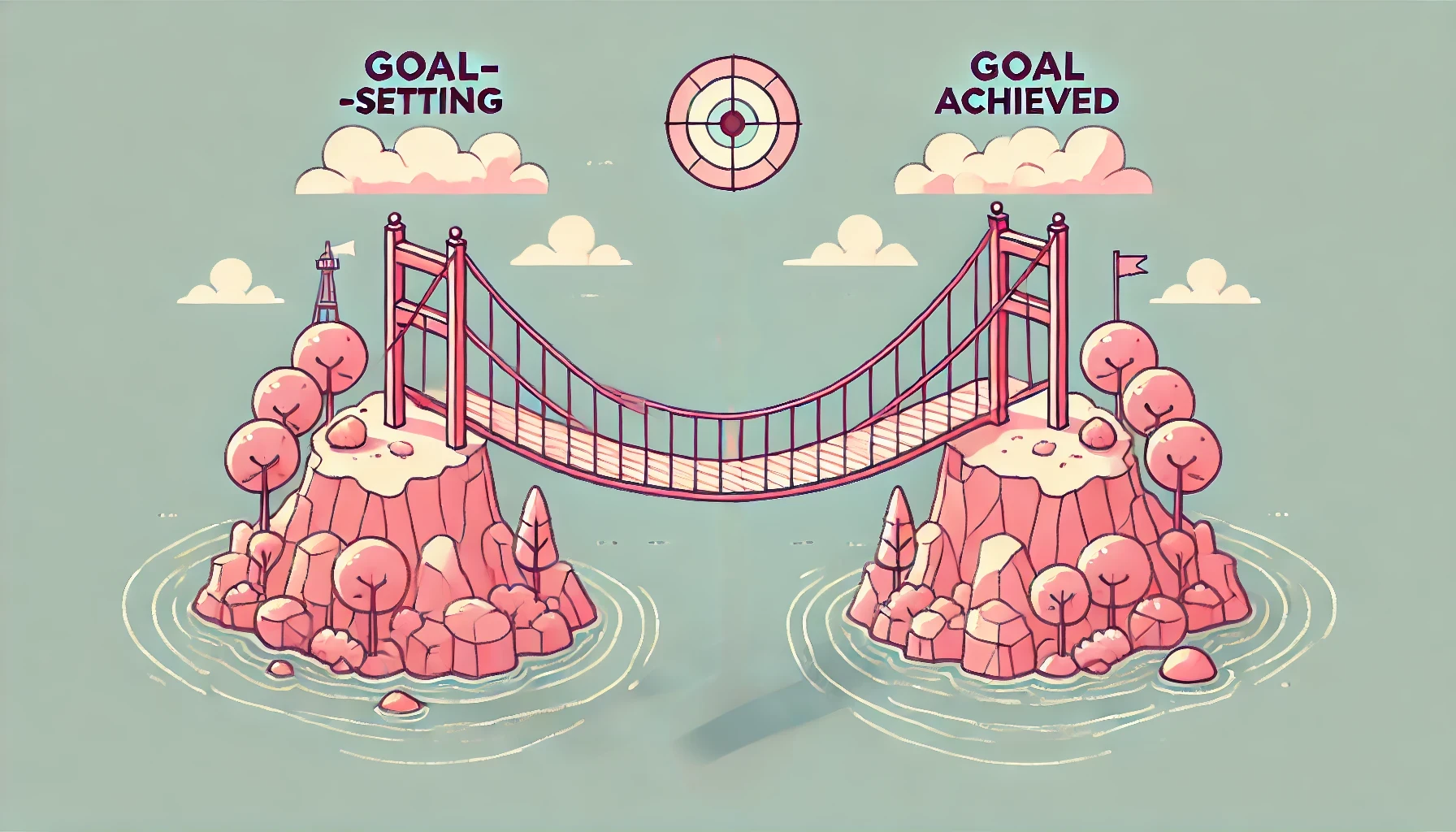
The Human Side of Setting SMART Goals
As a project manager, you’re well aware that it’s not just about processes; it’s about people. While SMART goals keep tasks on track, they also play an essential role in enhancing communication and shared vision.
When your team sees that each goal genuinely matters—both to the project and to their personal development—they’re more likely to feel engaged and motivated.
Recognition also matters. Try celebrating small wins along the path to your larger goal. This could be as simple as sending a group message congratulating the team on hitting the halfway mark.
By acknowledging these micro-achievements, you maintain morale and ensure everyone remains passionate about their role.
Listening is a key part of the human side. If a team member believes the goal is too big or the timeline is too tight, encourage open discussion. That feedback might reveal hidden constraints you weren’t aware of. Adjusting goals to incorporate legitimate concerns not only builds trust but also increases the odds of success.

Ensuring Long-Term Success with SMART Goals
One of the greatest advantages of SMART goals is their longevity. This isn’t a one-time technique reserved for a single project.
Once you have the hang of it, you can apply these principles to future initiatives, process improvements, and even personal professional development.
Each time you leverage the framework, you strengthen your ability to define, measure, and achieve meaningful outcomes.
Data is your friend on this journey. By continuously measuring against specific targets, you gain valuable insights into what’s working and what’s not.
Over time, these insights form patterns that guide more refined goal-setting. You might discover, for instance, that your team consistently beats deadlines when given flexible scheduling or that certain tasks thrive under strict daily updates.
Your organization’s broader culture also benefits from consistent use of SMART goals.
Colleagues and executives alike will appreciate the transparency and accountability these objectives bring. Instead of hearing generic promises, they’ll see a methodical approach to delivering exactly what’s been pledged. This cultivates trust and can even lead to stronger cross-departmental collaborations in the future.
Embracing SMART goals helps you stand out as a project manager who doesn’t just talk about project success but orchestrates it.
By leaning on a proven framework, you ensure that your project’s direction is always visible, measurable, and grounded in realistic possibilities. The end result is a more cohesive team, happier stakeholders, and successful project outcomes that make a lasting impact.
